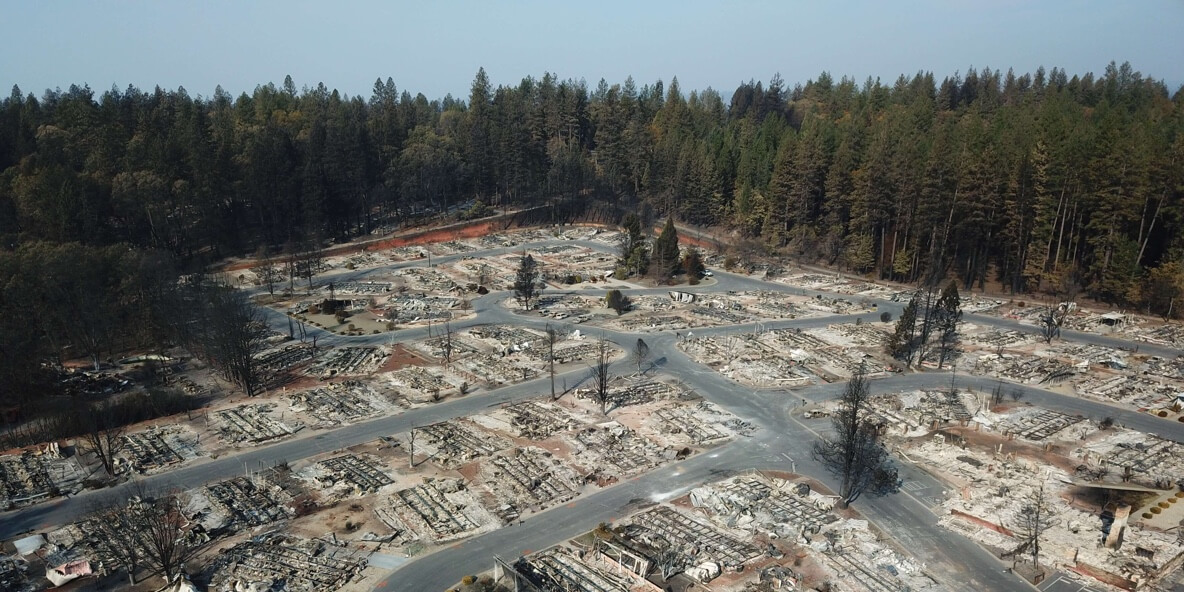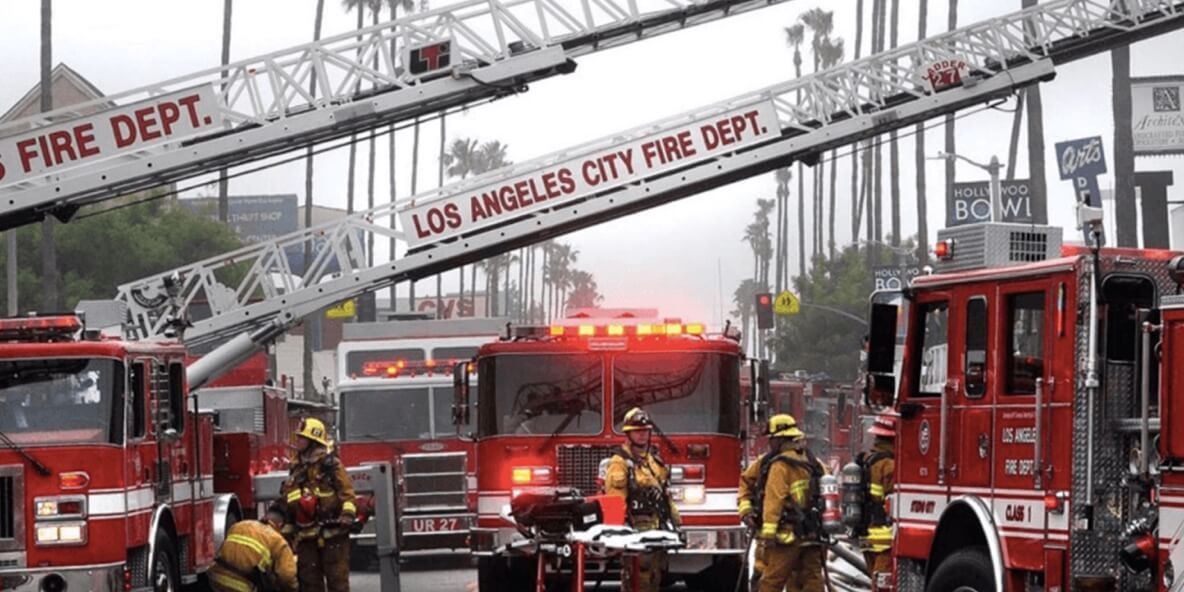Firefighting
The utilization of drones in firefighting has emerged as a transformative tool, augmenting traditional firefighting methods and significantly enhancing the efficiency, safety, and effectiveness of firefighting operations.
Benefits Of Firefighting
Rapid Response
Drones equipped with firefighting capabilities can be deployed rapidly to the scene of a fire. Their agility and speed enable quick assessment and intervention, minimizing response times and potentially preventing the escalation of the fire.
Remote Sensing and Monitoring
Drones can be equipped with various sensors, including thermal cameras and gas detectors. These sensors enable real-time monitoring of the fire’s progression, identification of hotspots, and assessment of the overall situation. This information is crucial for developing effective firefighting strategies.
Aerial Reconnaissance
Drones provide aerial reconnaissance capabilities, allowing firefighters to survey large and challenging terrains without putting human lives at risk. This aerial perspective enhances situational awareness and aids in decision-making.
Using Drones

Challenges
- Limited Payload Capacity: Drones have limited payload capacity, restricting the amount of firefighting equipment (water, fire retardant) they can carry. This limitation may affect their effectiveness in handling larger fires.
- Limited Flight Time:Drones typically have a limited flight time due to battery constraints. Extended firefighting operations may require multiple drone deployments or quick battery replacements.
- Weather Conditions: Adverse weather conditions, such as strong winds, rain, or extreme temperatures, can impact the performance and stability of drones. Flying in challenging weather may be unsafe and limit the drone’s capabilities.
- Communication Interference: Interference with communication signals can disrupt the control of drones. In firefighting situations, where coordination and real-time data transmission are crucial, any disruption in communication can be a significant challenge.
- Navigational Challenges: Navigating through dense smoke or low visibility conditions can be challenging for drones. The effectiveness of sensors and cameras may be compromised, making it difficult to assess the situation accurately.
- Fire Intensity and Heat: Drones may face challenges operating close to intense heat and flames. High temperatures can affect their electronics and sensors, potentially leading to malfunctions.
- Regulatory restrictions: Strict aviation regulations may limit the deployment of drones in certain areas or under specific conditions. Regulatory approval for firefighting drone operations is essential and may vary by region.
How Works
- Early Detection and Monitoring:Firefighting drones are often equipped with sensors and high-resolution cameras. These sensors can detect heat, smoke, and flames, allowing drones to identify potential fire outbreaks in their early stages. Drones can provide live video feeds to firefighting teams, enabling them to assess the situation in real-time. This information is crucial for making informed decisions about resource allocation and firefighting strategies.
- Mapping and Situation Analysise:Drones may use Geographic Information System (GIS) technology to map the fire-affected area. This mapping helps firefighters understand the terrain, identify critical areas, and plan evacuation routes. Thermal cameras on drones can identify hotspots, even through smoke or darkness, helping firefighters locate the source of the fire and assess its intensity.
- Real-time Monitoring: Monitor the drone’s flight in real-time to ensure it follows the planned trajectory. Address any issues or adjust the flight path if necessary.
- Communication and Coordination: Drones can serve as communication hubs in areas with poor connectivity. They can relay information between firefighting teams and the command center, facilitating better coordination. Drones equipped with GPS technology can help track the movement of firefighting personnel and equipment, improving overall safety and coordination.
- Aerial Firefighting Operations: Some firefighting drones are designed to carry water or fire retardant substances. They can fly over the fire-affected area and release these substances to suppress the flames.
Explore More Content

Drones play a crucial role in monitoring and assessing wildfires, especially in areas that are difficult to reach or pose a significant risk to ground crews. The ability of drones to cover expansive areas rapidly enhances the speed and precision of fire mapping and helps identify priority areas for containment efforts.

In addition to reconnaissance, drones are employed for aerial firefighting operations. Some drones are equipped with payload systems capable of carrying and deploying fire retardants or water. This capability allows drones to deliver suppressants to specific areas with precision, even in challenging or remote locations. This aerial firefighting strategy enhances the overall flexibility and reach of firefighting efforts

Drones also contribute to firefighter safety by providing enhanced situational awareness without exposing personnel to undue risks. Real-time data from drones aids in monitoring fire behavior, predicting potential changes in the fire’s trajectory, and ensuring that ground crews operate in the safest possible conditions.

The use of drones in firefighting represents a technological leap that has significantly improved the capabilities of firefighting teams. As technology continues to advance, drones are likely to become even more integral to firefighting strategies, contributing to more effective, safer, and coordinated responses to wildfires and other fire-related emergencies.